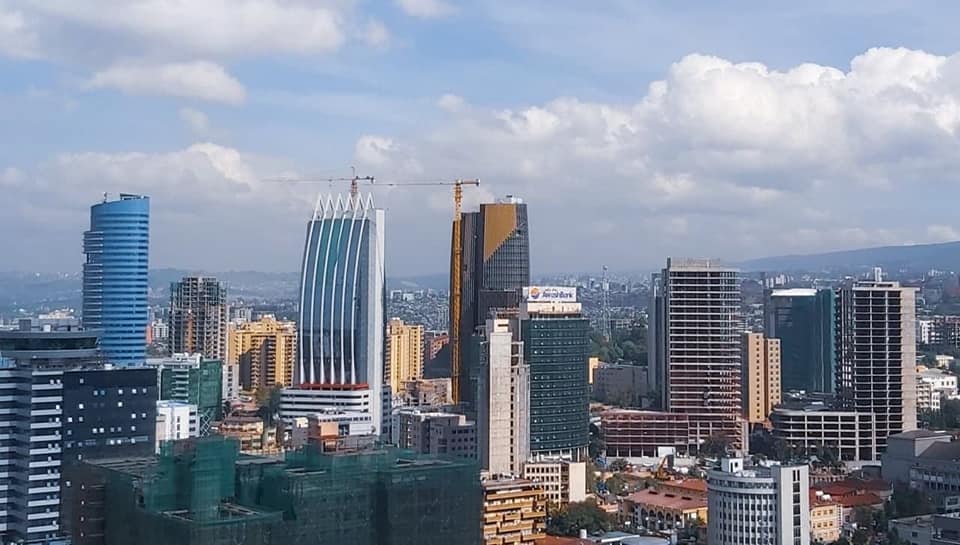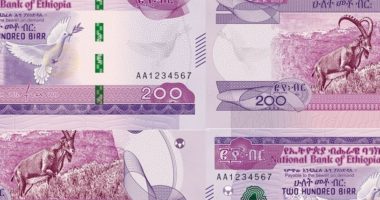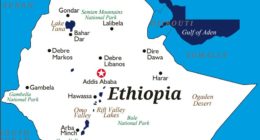- Ethiopia has a diverse set of four seasons experienced throughout the year. The Four seasons each long three months.
- But based on temperature and rainfall activity during the entire season, there are three distinct season. The three seasons are locally known as Bega (October to January), Belg (February to May) and Kiremt (June to September).
- During Bega dry and cold weather condition prevailed over much of the nation.
- Belg is the short rainy season for northeast, east, central and southern highland while, main rainy season for south and southeast portions.
- Kiremt is main rainy season across much of the Ethiopia except south and southeast of the country.
- The seasonal climate outlook issued for each season in the early month of the season.
- Here we discuss the four seasons based on the length of three months.
Summer season
- It is referred to as Meher or Kiremt and is experienced in June through August.
- During this time, Ethiopians enjoy the monsoon summer season characterized by heavy rainfalls.
- These months are considered the coldest months of the year, and it is advisable to carry warm clothes and lots of layers if you have a plan to visit during these specific months.
- However, visitors and tourists can as well enjoy some few hours of sunshine during the day, especially in the morning.
Autumn season
- It is known as Belg in the local Ethiopian language.
- The Belg season is experienced in September, October, and November, respectively, and is characterized by a majority of people harvesting their crops.
Winter season
- The Bega is a common term used to refer to the winter season and is experienced in December, January, and February.
- These are the dry months experienced in the country.
- Moreover, this season is significantly characterized by frost in most mornings, especially in January and few days of February.
Spring season.
- Spring season in Ethiopia begins in March, April, and May.
- Occasional showers significantly characterize the season.
- However, in May, it is always the hottest month in the country, and it is advisable to carry light clothes during this month.
- Significantly, climatic seasons in Ethiopia are determined by diverse altitudes, rainfall and temperatures experienced in the country.
- Therefore, people in the lowlands usually experience hotter temperatures whereas those living in highland areas experience cooler temperatures.








